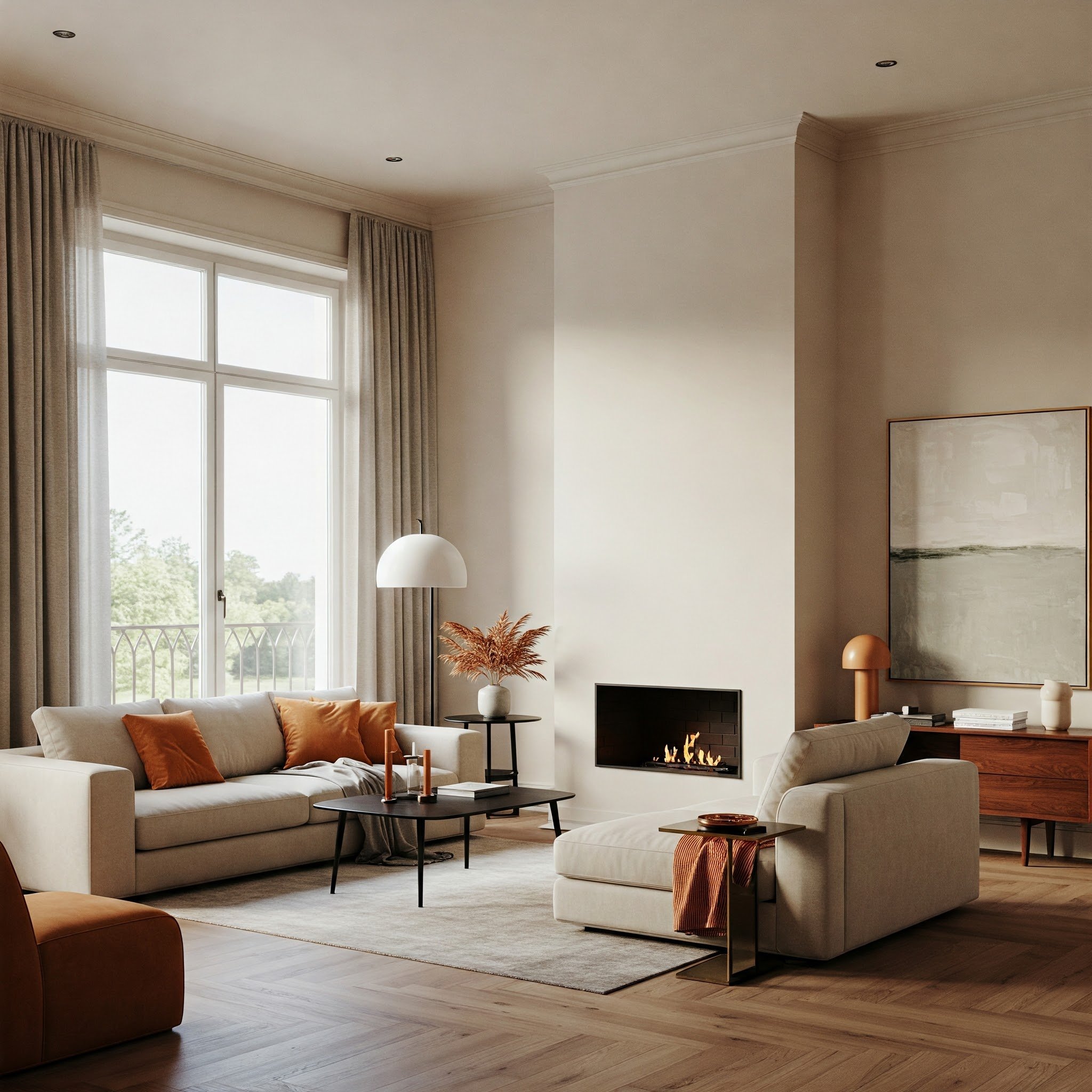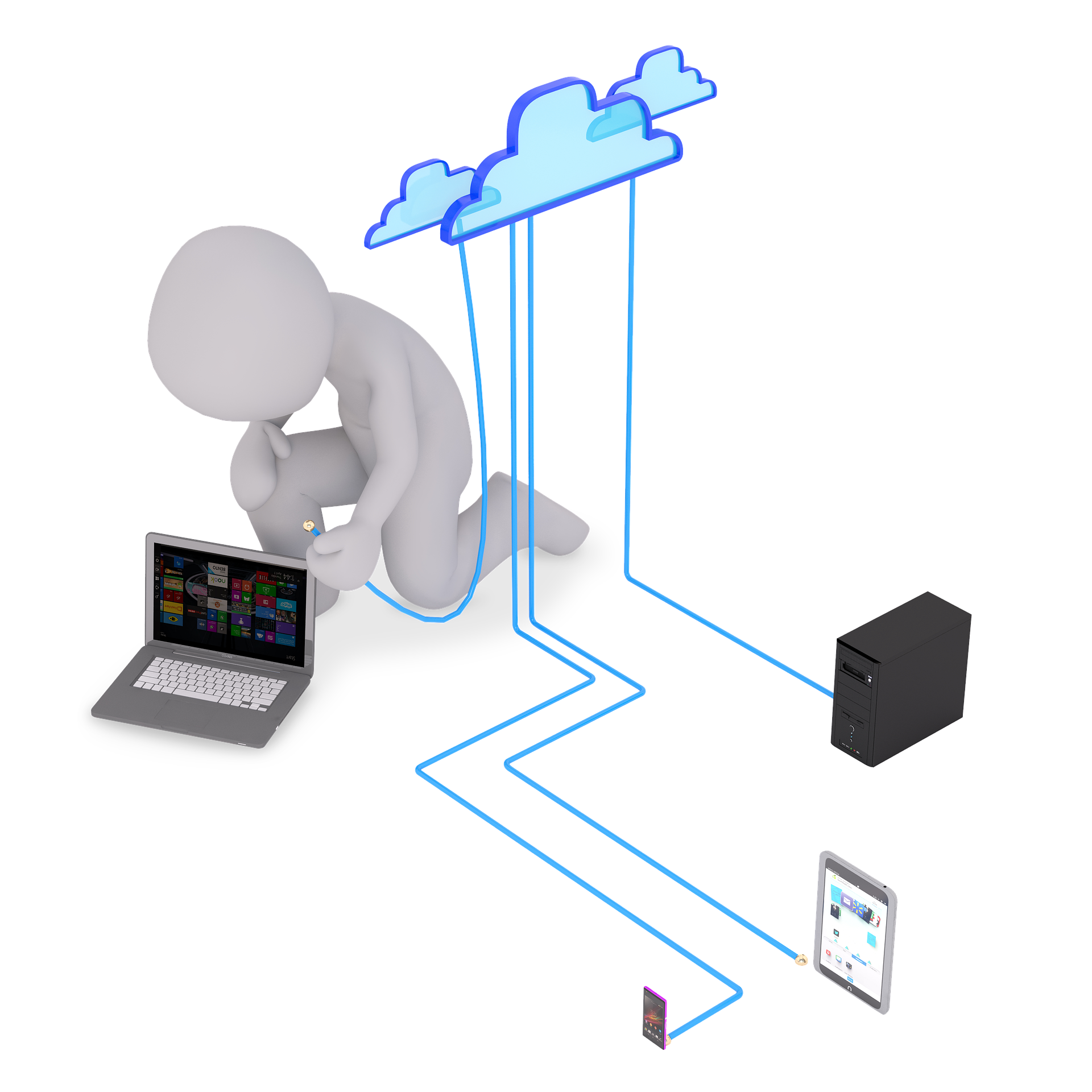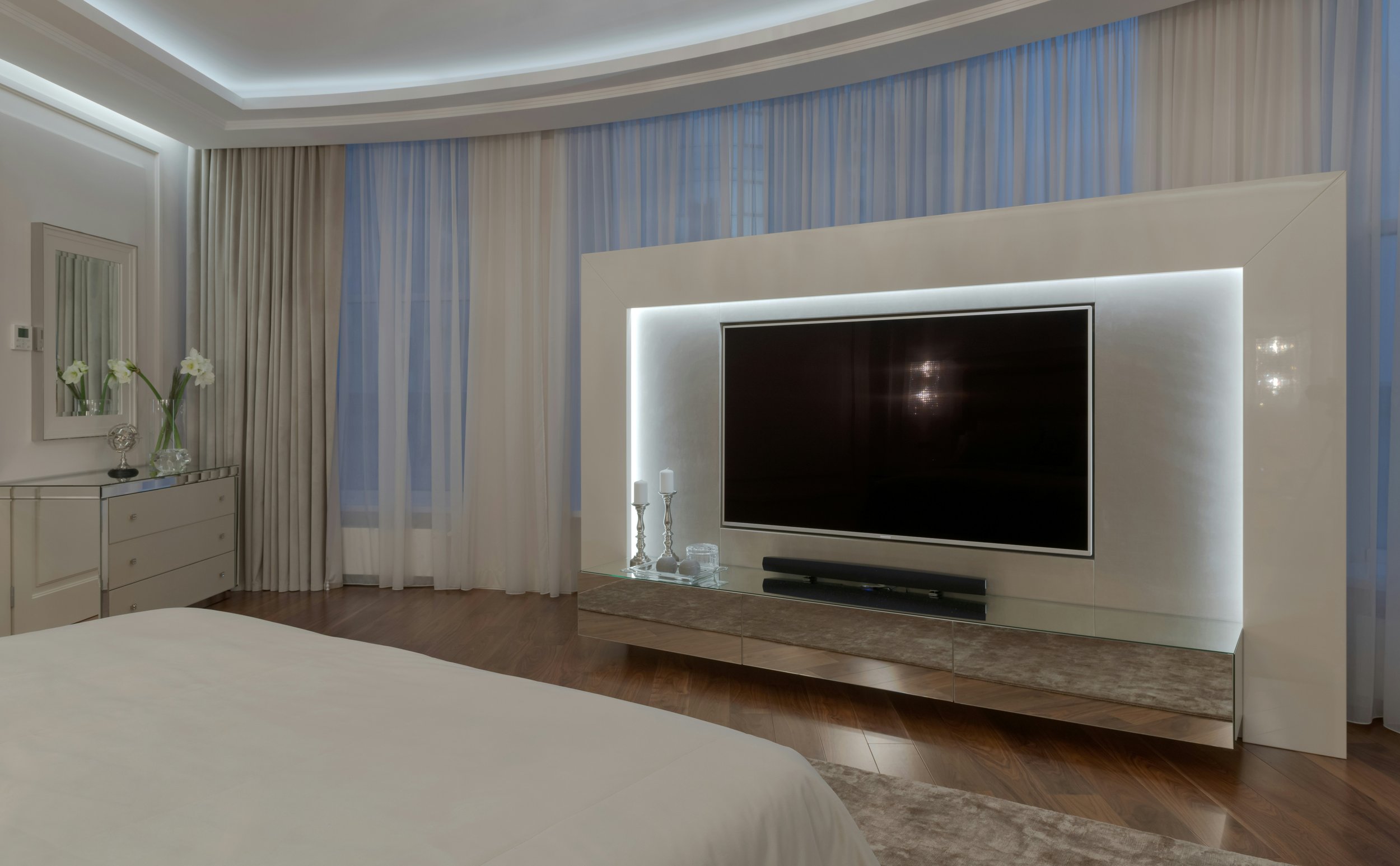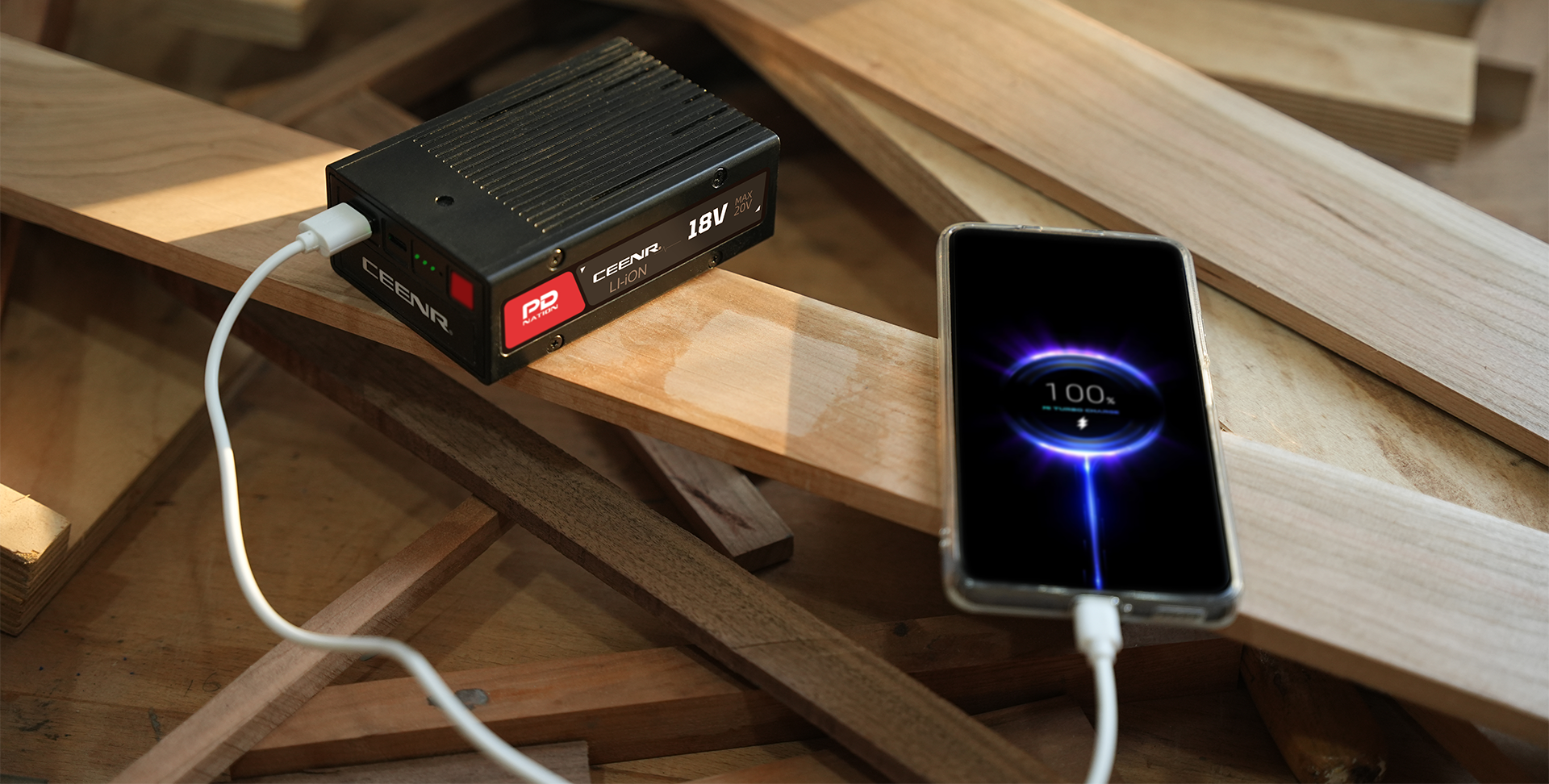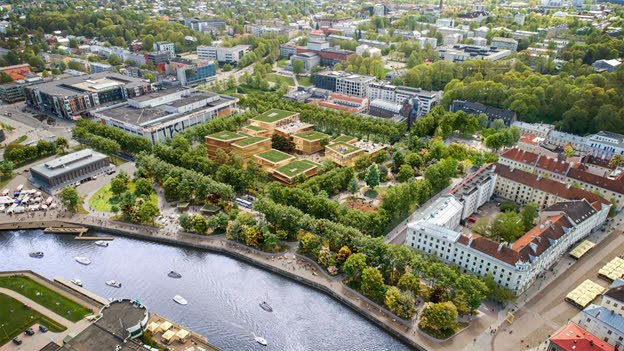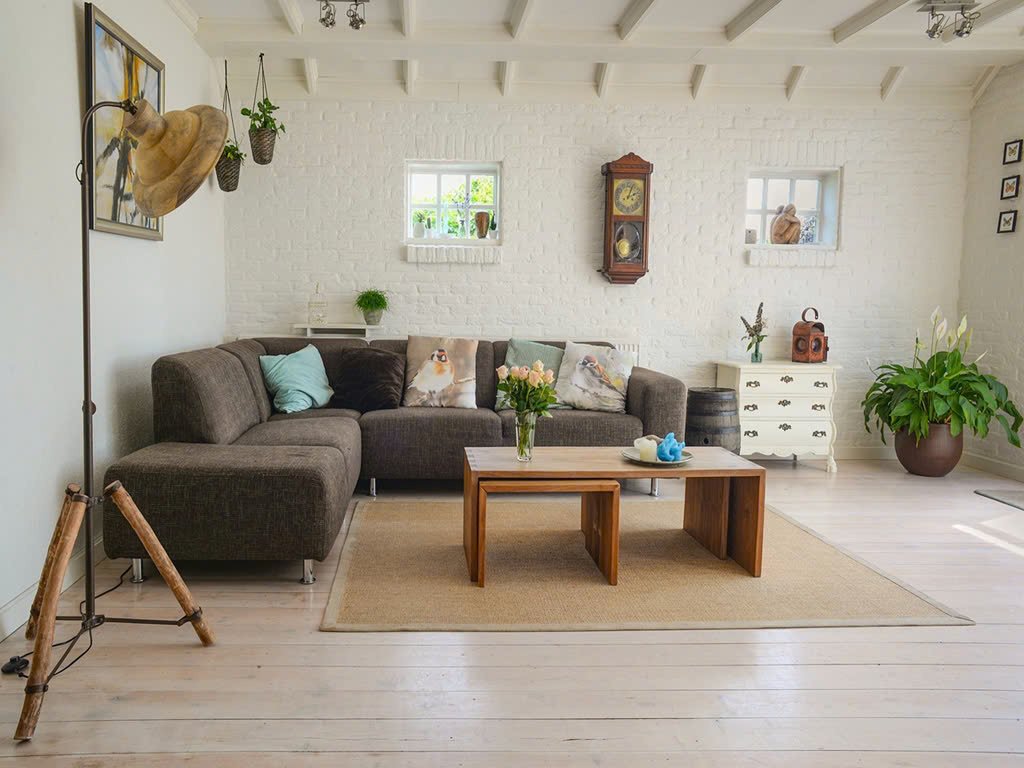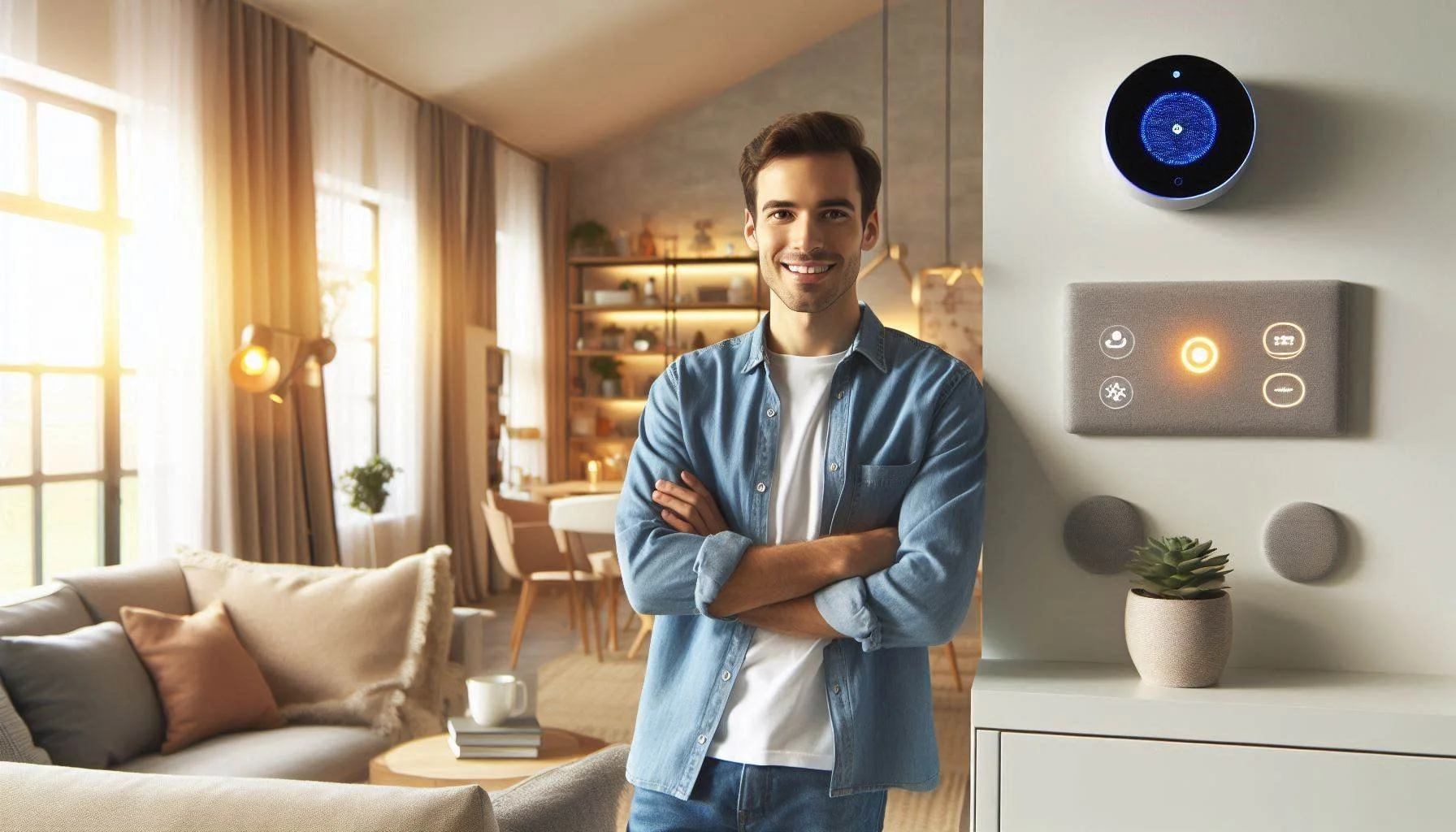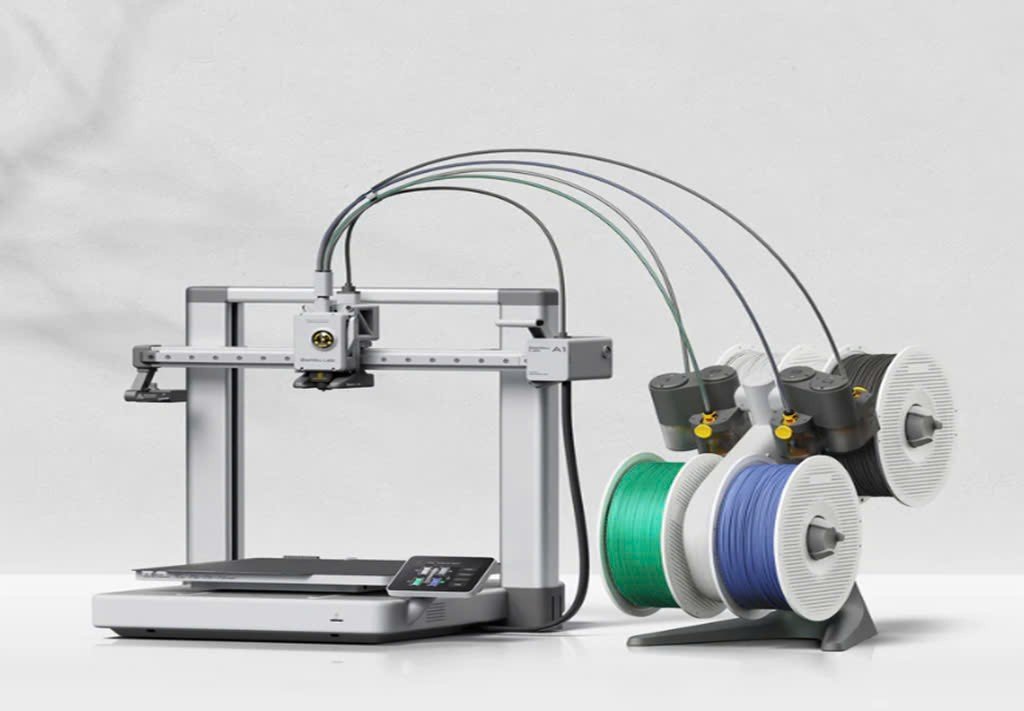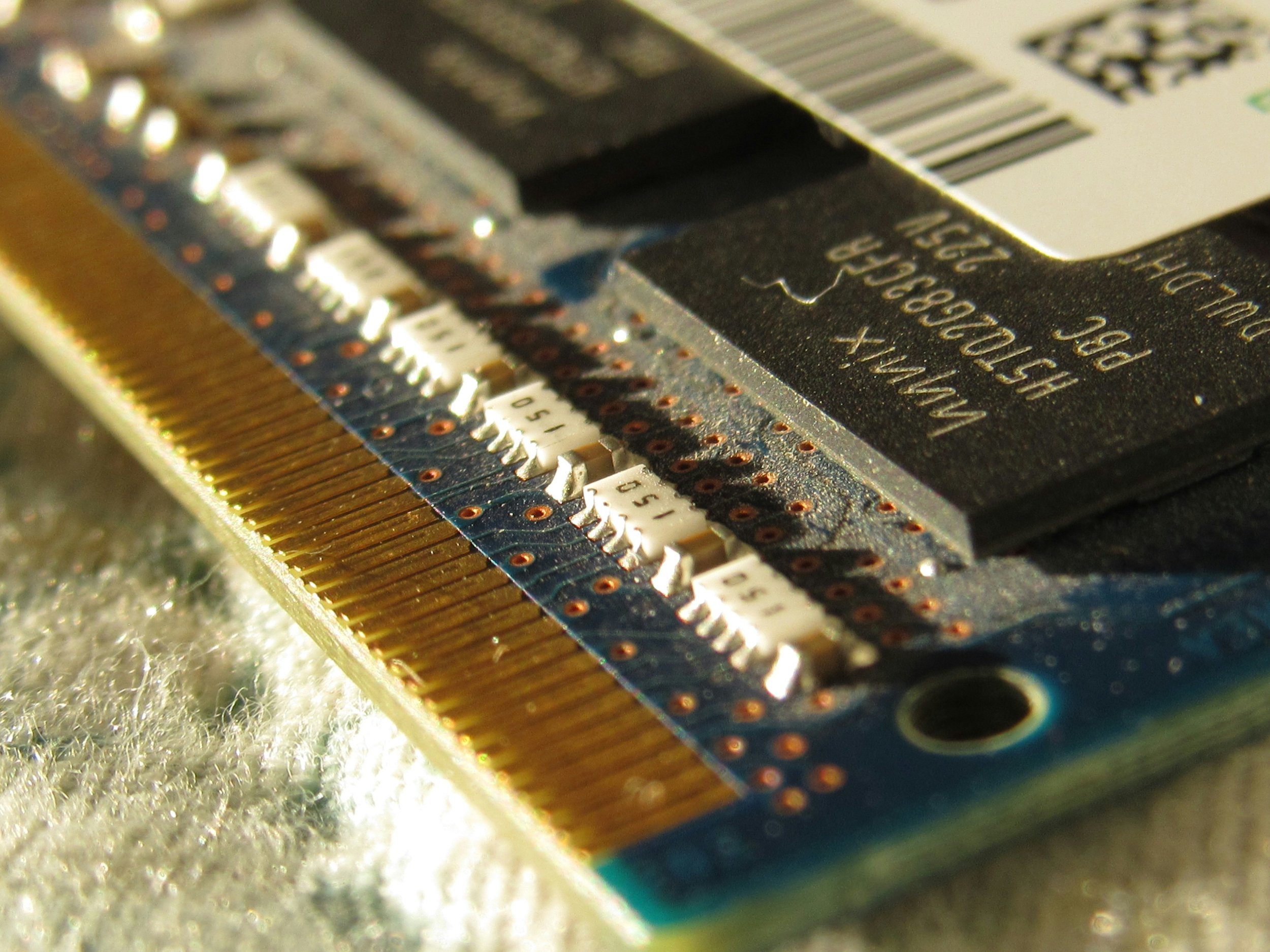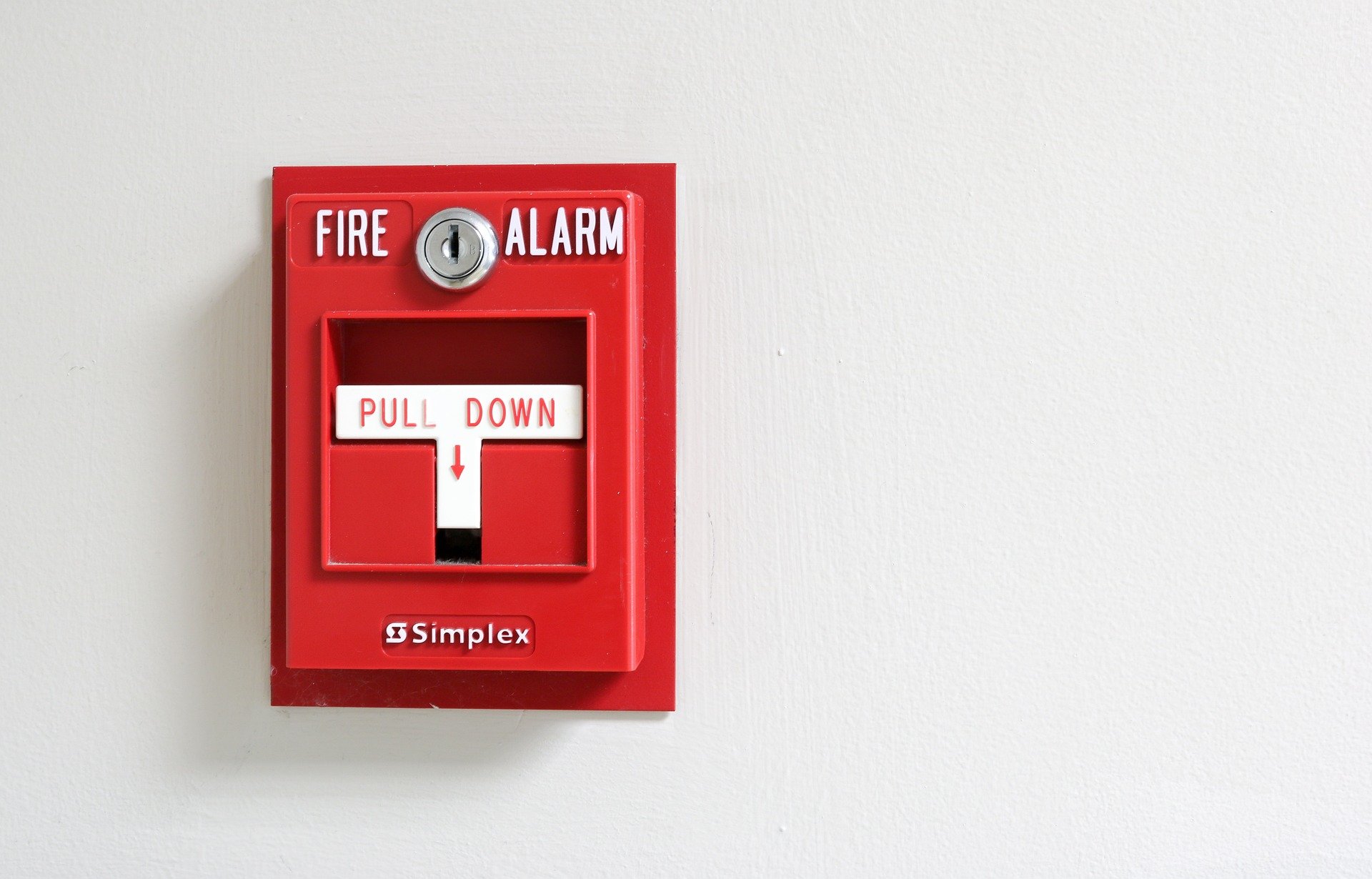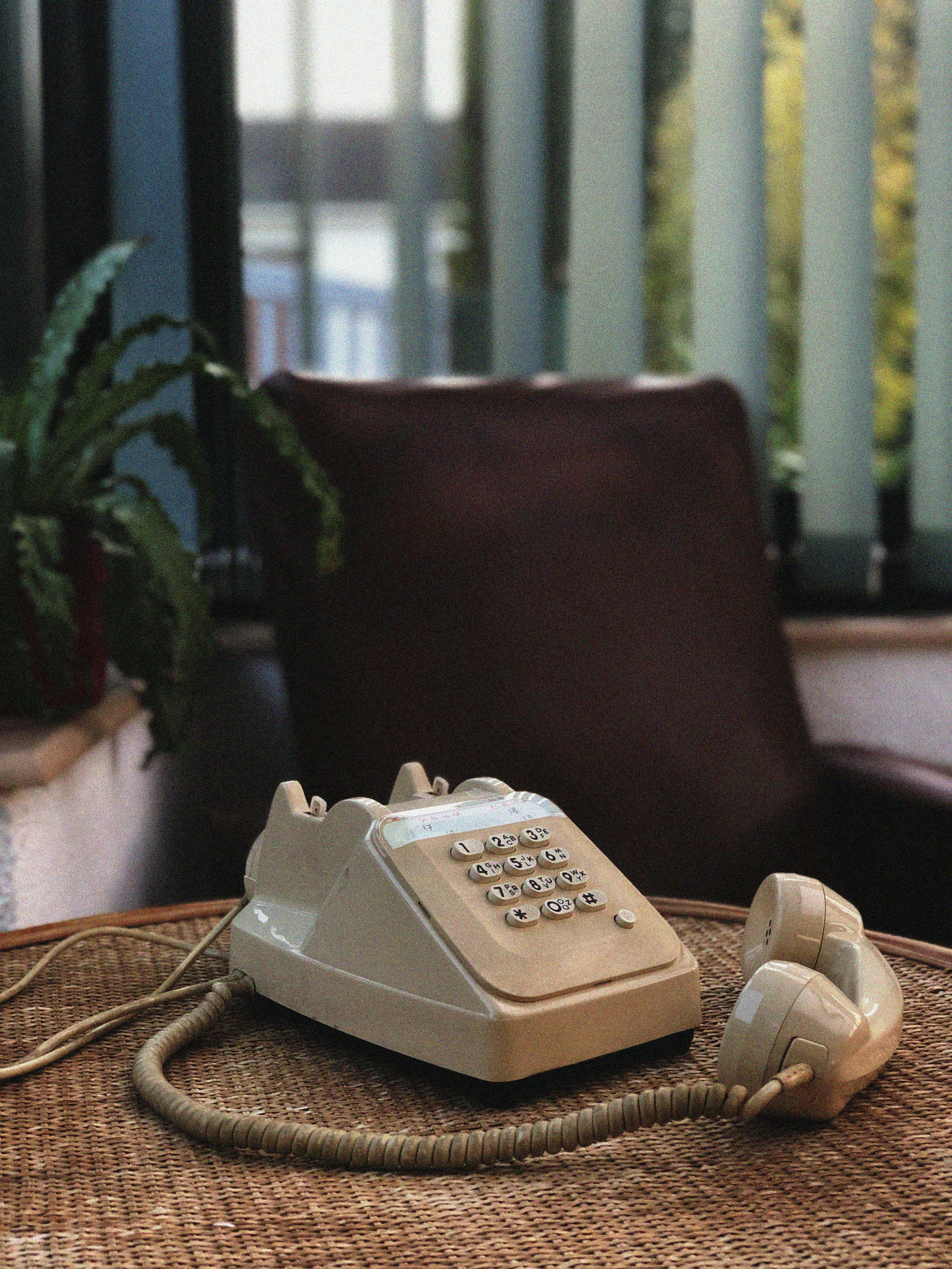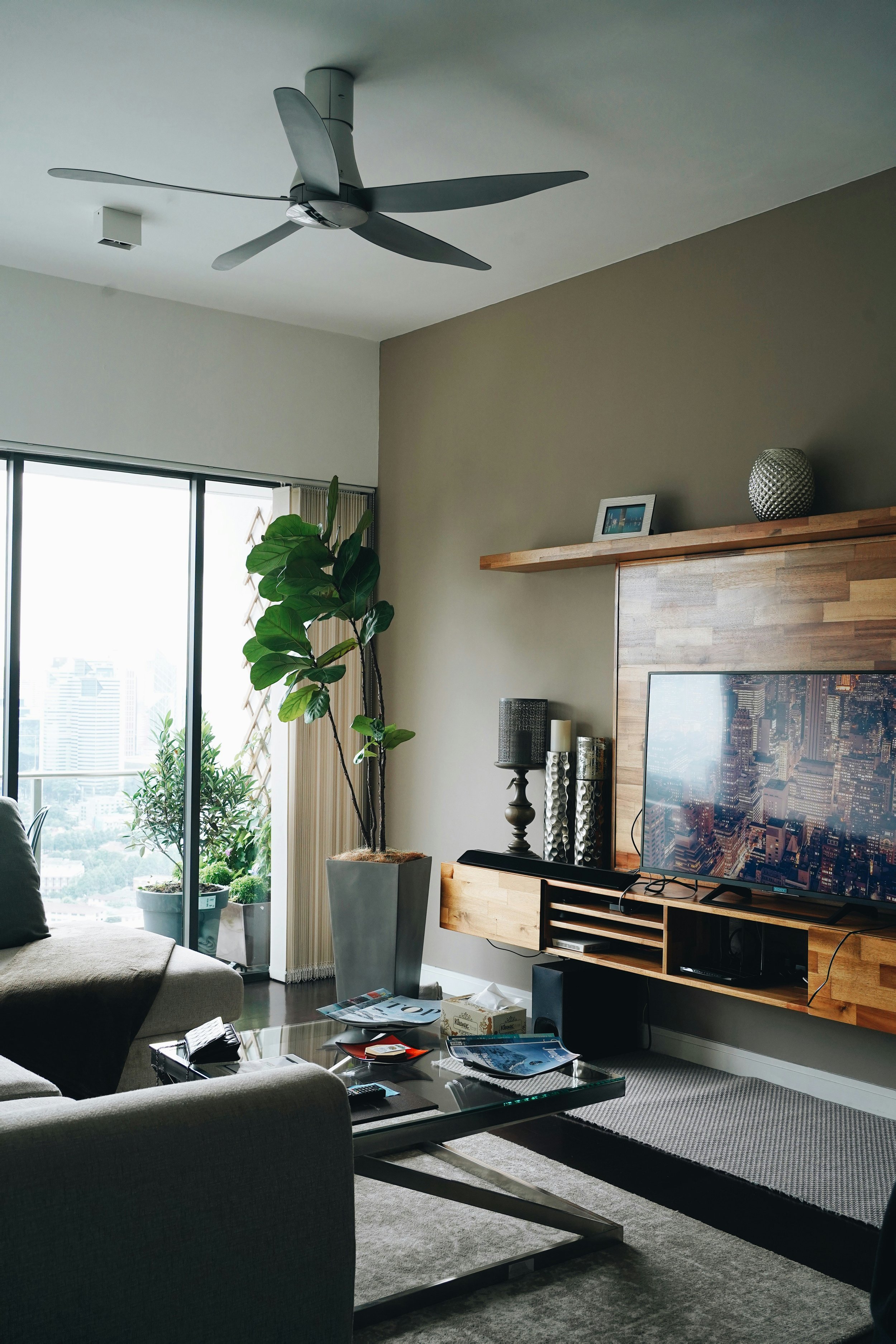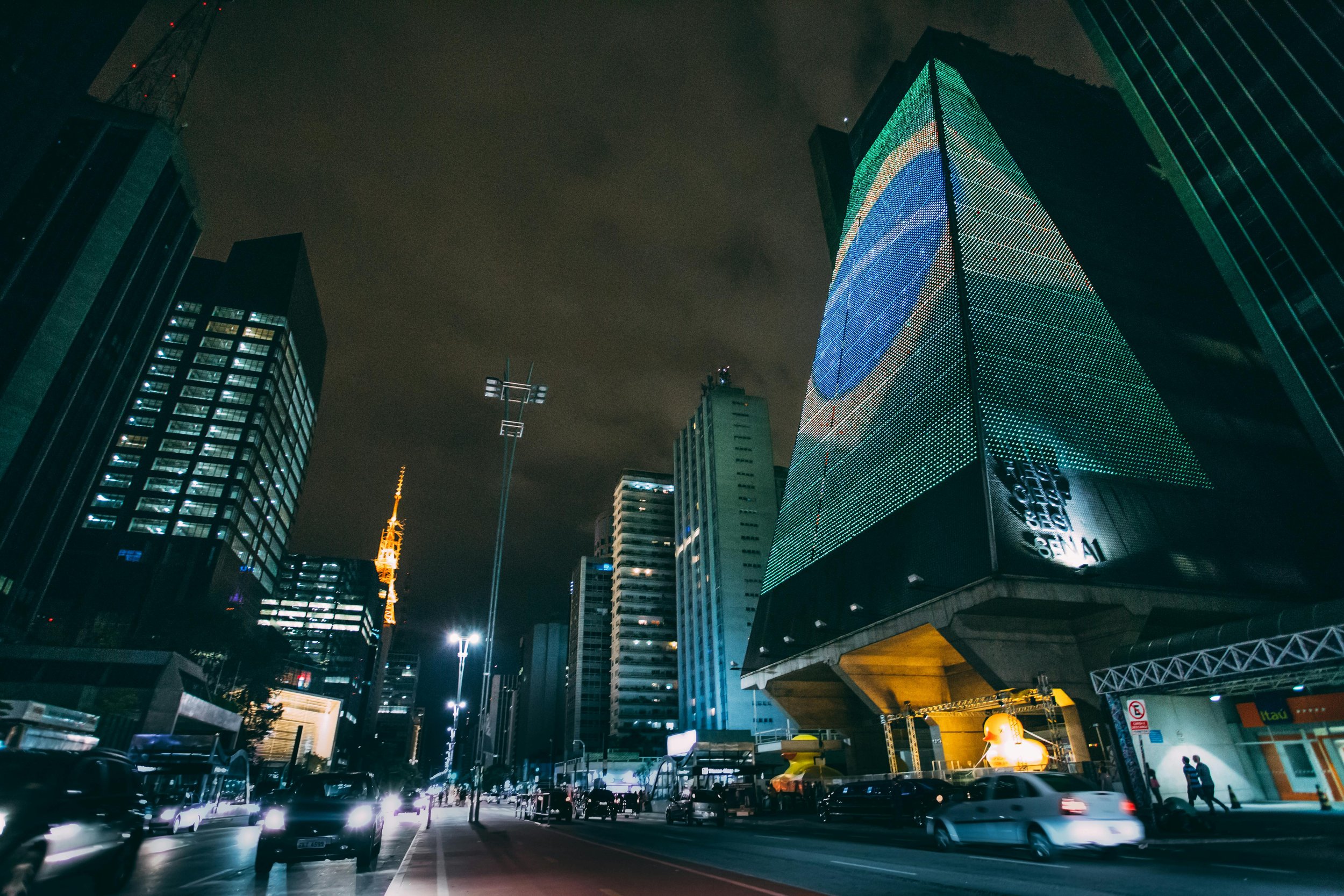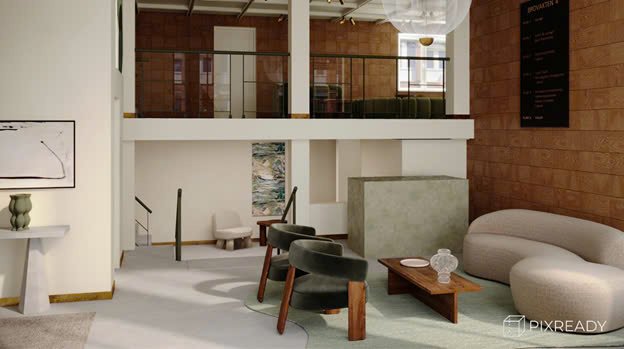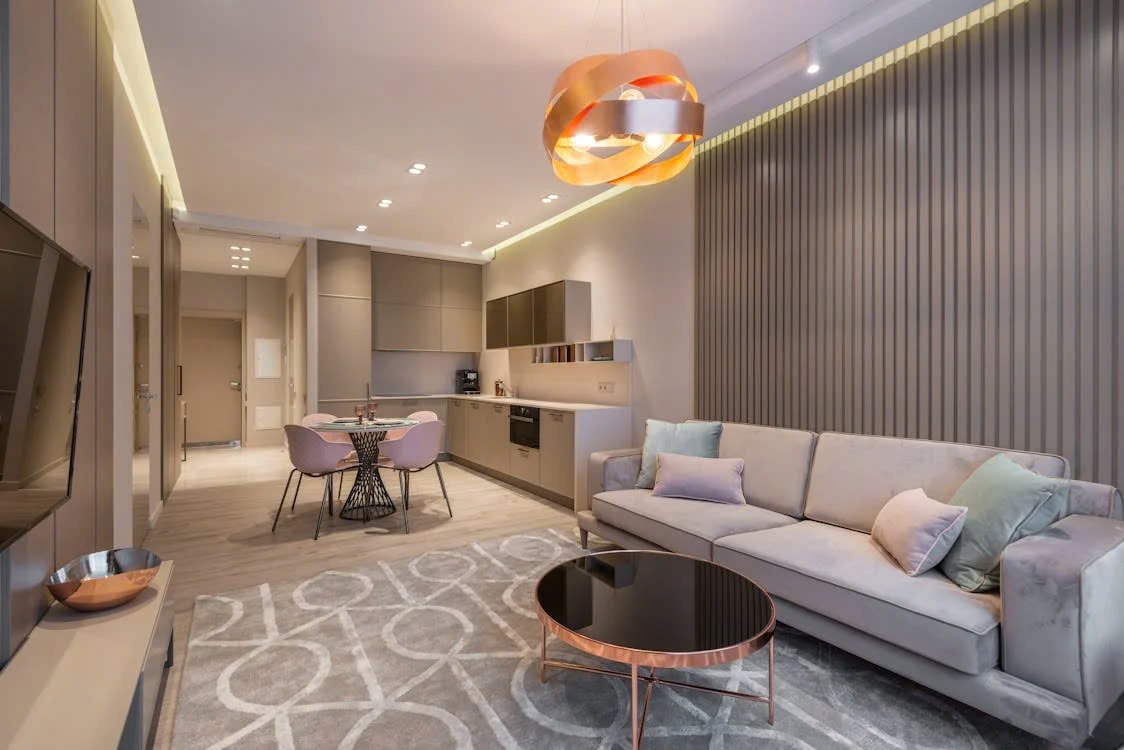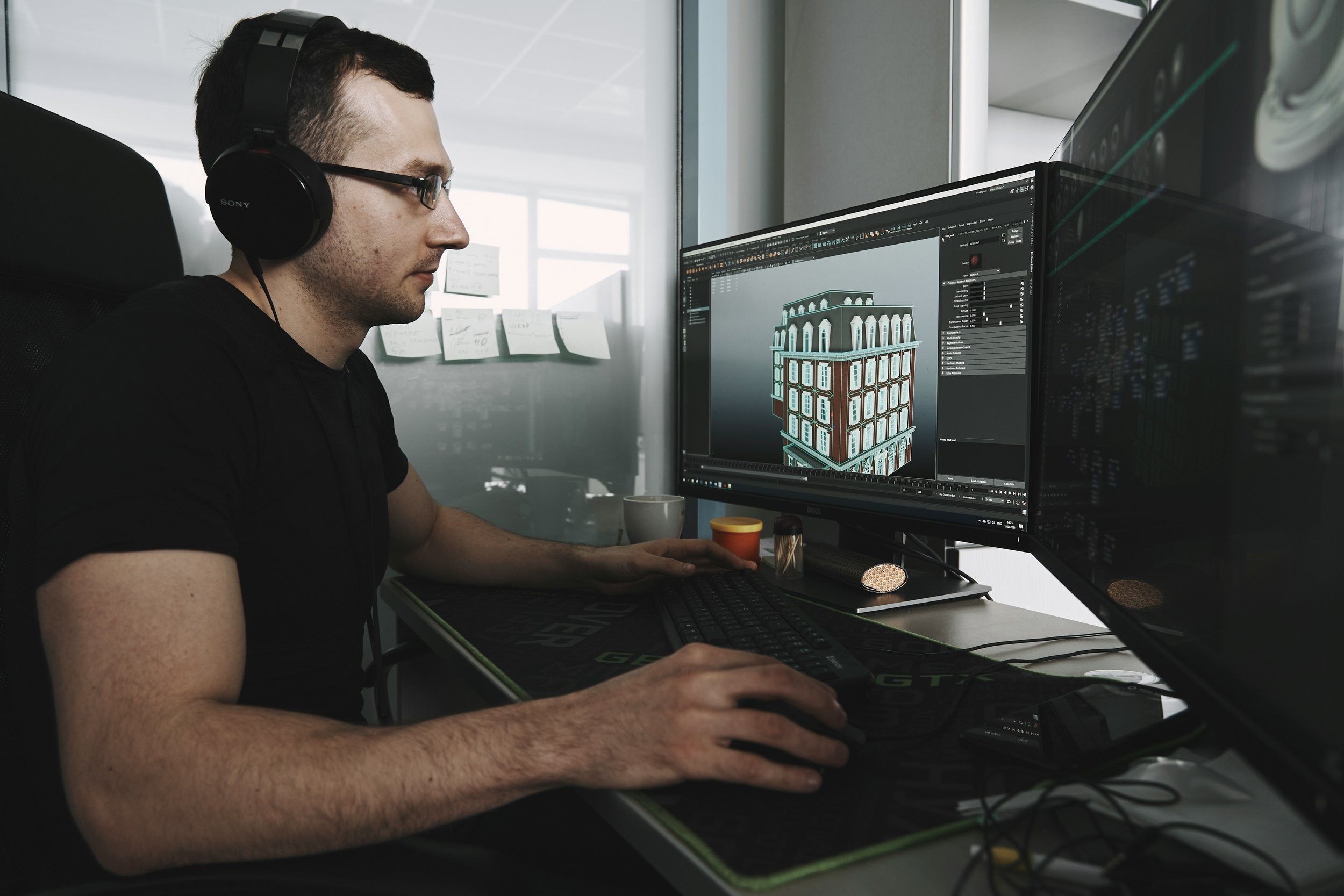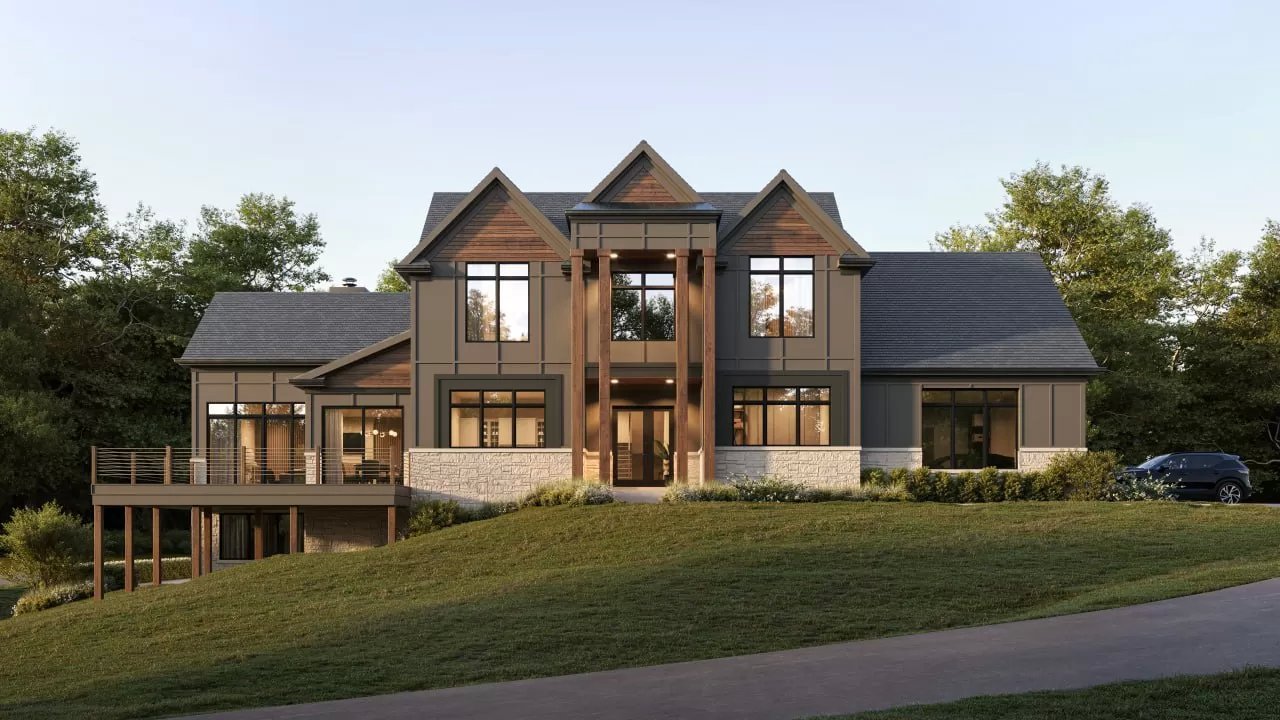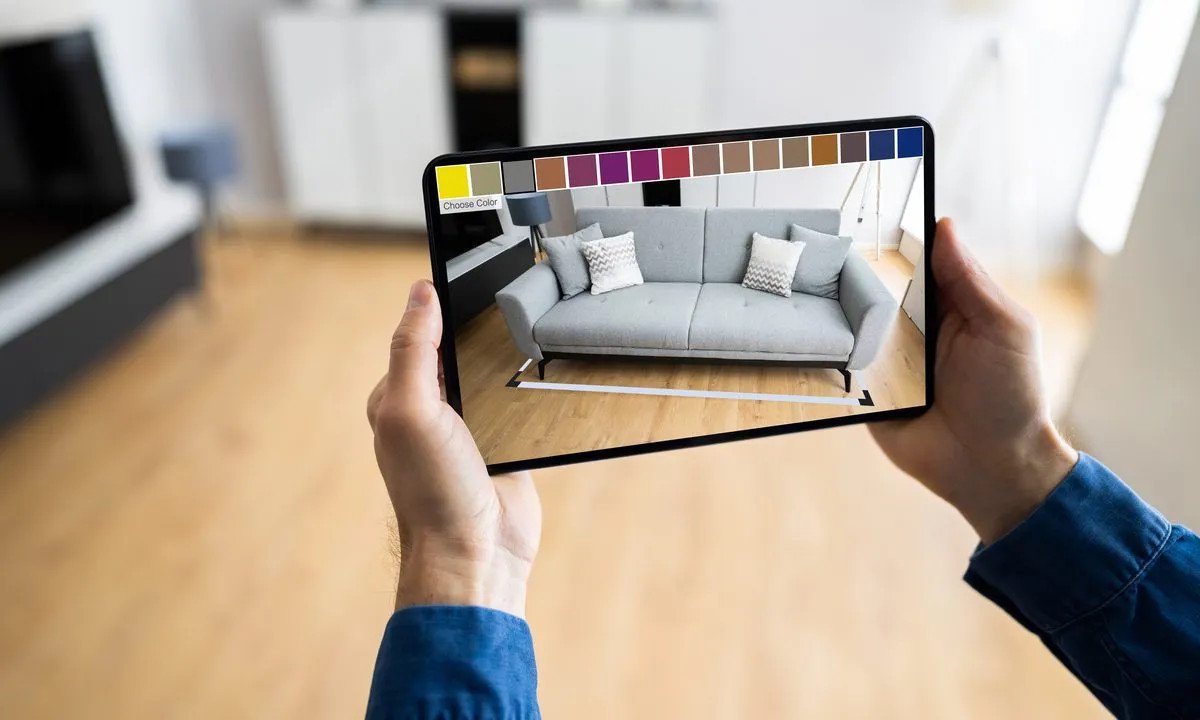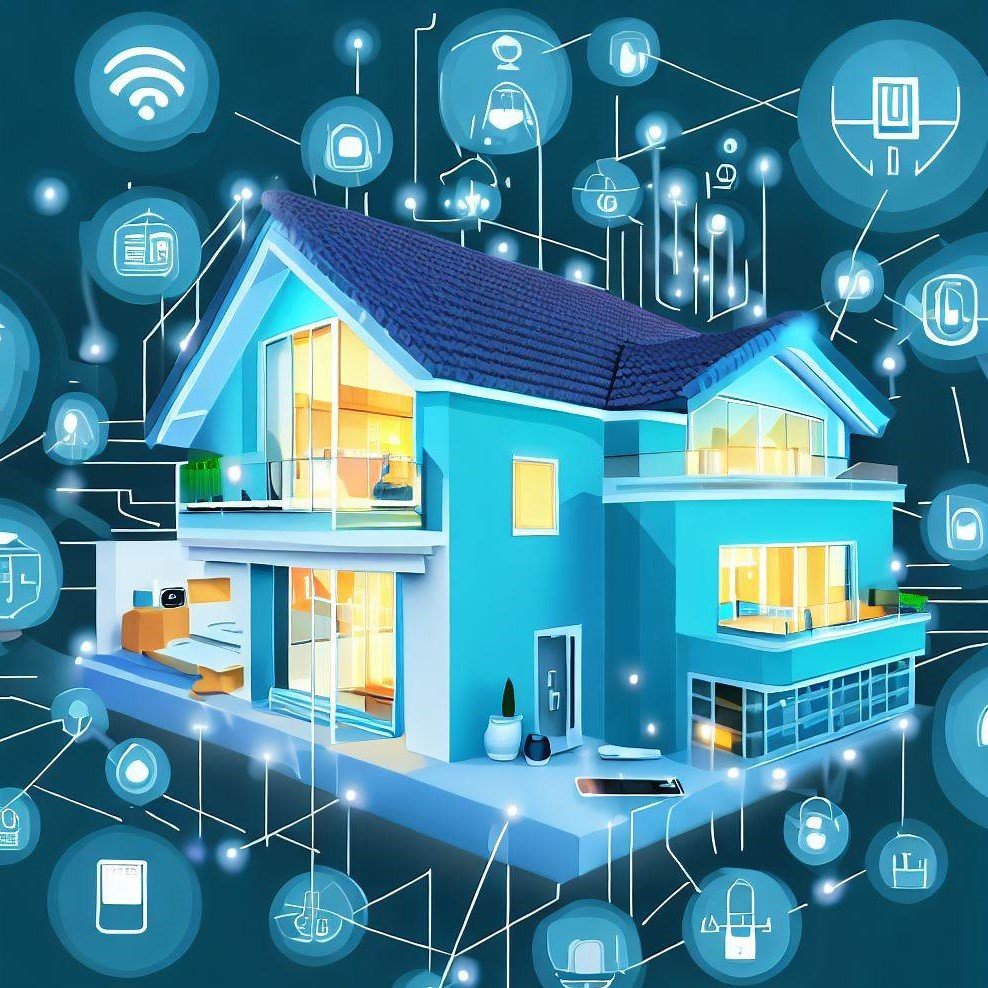How Technology Helps Designers Create Unique Interiors
Discover how technology empowers designers to craft unique, personalized interiors with innovative tools and techniques.
The shift in technology is affecting new areas in the design industry, and the interior design industry is no different. Jobs that required hours of work can now be completed in minutes thanks to smart tools. The technology available helps meet the clients’ needs, makes the project workflows more efficient, helps creativity be expressed freely, and helps expand and understand the role creative technology plays in interior design. Designers have access to new digital tools that allow them to create interactive 3D spaces, edit in real-time, and automate intricate planning. The use of these tools empowers professionals to design unique, functional interiors that are adaptable to changing needs and Softellar LLC is one of the many companies enabling the use of these tools through simplified platforms.
This transformation sets new expectations for the innovation of design; flexibly and smoothly incorporating precision and ease of use into the aesthetic elements. The adoption of new technologies helps satisfy contemporary demands, but also set the future of residential, commercial, and hospitality spaces.
The Impact Technology Has Had on Interior Design
The traditional practices interior designers used have been replaced with advanced technology and they are no longer restricted to painstakingly building models or drawing an interior design sketch. Designers now have access to efficient digital design tools that provide enhanced visualization and quicker prototyping. In this modern world revision, collaboration, and accuracy go hand in hand with technology and they have become easier than ever before.
Even the experiences of the clients have changed. In the past, clients only had 2D drafts such as a mood board, but with technology in interior design, they now have access to fully interactive models of their homes. This minimizes miscommunication, expectation, and makes approvals easier.
Those emerging or starting their career in design now have much easier access due to technology. With numerous free or affordable design tools, people with vision and talent can now bring their ideas to life.
Technology that Changed Interior Design for the Better
3D Visualization, Virtual Reality (VR), & Augmented Reality (AR)
With Oculus, Four Neo, and SketchUp, clients can walk through their spaces in 3D.
This technology allows instantaneous modifications to be made.
Designers can use augmented reality to show furniture, layouts, and textures on a 3D model.
With this hands-on experience, clients are able to make the final decision before any real work is done.
Fewer changes need to be sent back from the designers since the clients feel more empowered and satisfied with the designs.
For large commercial buildings and customized homes, augmented and virtual reality eliminates the uncertainty.
AI and Machine Learning
Based on the likes of the users, AI gives suggestions on color schemes, types of furniture, and layouts.
Space planning is done automatically by these tools: Planner 5D, Modsy, and Havenly.
Over time, these tools become more intelligent and consequently evolution occurs due to machine learning.
AI is integrated into design processes to assist with repetitive tasks, leaving room for greater creativity.
AI also analyzes real time trends, enabling designers to anticipate market tendencies.
These tools are cloud based, providing effortless updates and access to different teams.
Smart Home Integration & IoT (Internet of Things)
Devices such as Google Nest, Philips Hue and Lutron add automation and comfort.
Tech interior design includes control of lighting, heating, and security.
Planning for these systems begins in the early project stages of the design process.
IoT enables control of the house features via voice commands or mobile applications.
Smart systems use energy more efficiently which aids in environmental sustainability.
Incorporation of voice activated digital assistants such as Alexa or Siri elevate the living experience.
Sustainable and Eco-Friendly Design Tech
Autodesk Insight assists in estimating energy consumption and other environmental effects.
AI tools offer more sustainable options for furniture and building materials.
Designers use an online catalog to access LEED rated materials.
Such innovations advance construction design and responsible consumption.
Post installation, the use of smart meters and sensors aids in measuring environmental impact.
Online databases provide information on non-toxic, biodegradable, and recycled materials.
Advantages of Technology in Interior Design
Faster project completion times due to automation.
Enhanced communication between clients and designers makes adaptation easier.
Planned precisely and with less errors.
Robust tools for visualization help ascertain that promises are met.
Faster procurement processes can be done with access to global product databases.
Remote cooperation is made seamless and productive with cloud-based systems.
Real-time adjustments and estimations improve budgeting accuracy.
All these advantages, in great measures, elevate project timelines and client satisfaction. Designers report a decreased number of revisions and quicker feedback rounds when interior design technology is heavily integrated into the design process. With the ability to collaborate in real-time, from anywhere in the world, teams experience enhanced agility and rapid innovation.
The Future of Interior Design Technology
Customization through AI will adapt to evolving needs
Virtual Design Twins will allow designers to manage and update livespaces remotely.
The metaverse and other virtual environments will serve as new frontiers for imagination.
Industry standards will soon encompass automated tools for interior planning.
Designs, authenticity, and ethical sourcing of products may be more easily tracked through blockchain technology.
Virtual realms of design and intellectual property will be impacted by NFT-based assets.
Highly personalized and data-driven approaches define the upcoming technologies of interior design and technology. Homes and commercial spaces will transform with regard to comfort, aesthetics, and ease of use due to AI systems learning preferences and behavior patterns. Designers and clients may also utilize smart contracts for automating workflows in the agreements which would increase transparency.
Conclusion
The incorporation of technology in interior design is disruptive rather than simply a trend. Smart integrations, virtual walks, and eco-friendly planning are just a few features that today’s tools offer to help designers build exceptional and functional interiors. Softellar LLC is just one of the many supporters that enable professionals to help with modern solutions for delivering results that stand beyond expectations. Adopting profound digital tools is a must for anyone looking to excel in this ever-evolving industry.
The range of opportunities is competitive but the result driven innovation leads to a better designed world of tomorrow. Enhancing individual or firm-based processes by simple integrating advanced technology can set any designer apart regardless of their scale of work.
It is now the moment for designers to utilize these technologies, try new approaches, and put resources into platforms that integrate with their creativity. The appropriate instruments do not solely actualize dreams, they enhance them beyond previously perceived limits.
